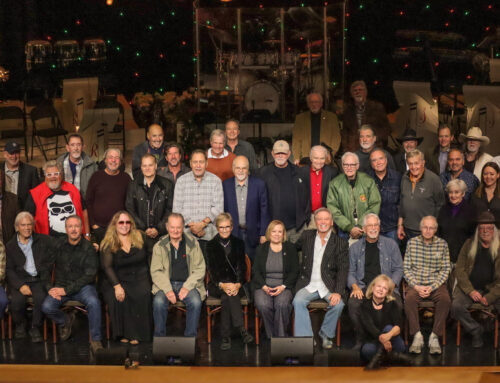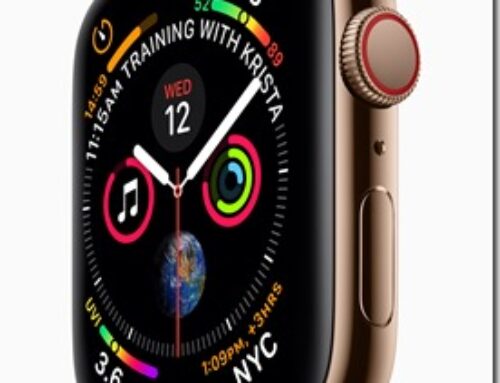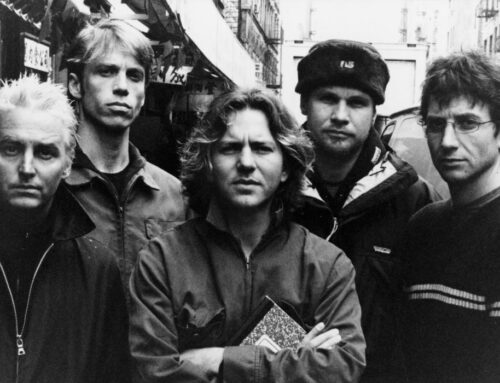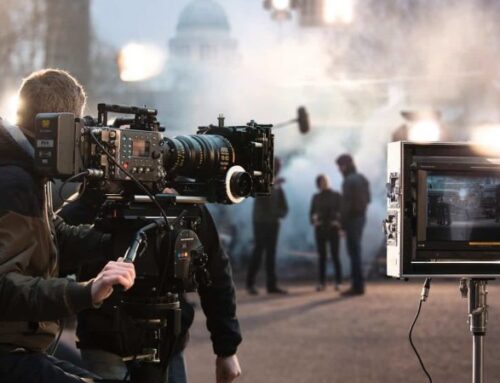There appears to be a slight ripple of a trend among courts to take a stricter look at the evidence being presented by the RIAA in its crusade against digital downloads, based primarily on the evid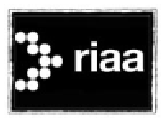 ence of user names and IP addresses assembled by their expert consultants, MediaSentry.
ence of user names and IP addresses assembled by their expert consultants, MediaSentry.
In the RIAA’s case against Jeff Dangler, filed in the U. S. District Court for the Western District of New York in Rochester, Dangler failed to file a response to the Complaint, and the Clerk entered the default against him. Pursuant to Federal Rule of Civil Procedure 55(b)(2), the Plaintiff can then apply to the judge for a judgment based on the default. In addition, Fed.R.Civ.P 55(b)(2) gives the judge the option to conduct hearings and hear evidence in order to determine if the damages requested are justified. This gives the judge the opportunity to evaluate the merits of the underlying claim and, if he finds it to be deficient, deny a judgment on the default.
On October 23, 2007, U.S. District Judge David G. Larimer denied a 55(b)(2) request by the RIAA for a default judgment of $6,420 in Atlantic v. Dangler. Judge Larimer specifically ruled that there were “significant issues of fact” in the record “as to the identification of the defendant from his alleged ‘online media distribution system’ username” heavyjeffinc@KaZaA. The court points out that there is no evidence presented that established a time period of the alleged distribution and/or infringement nor are there details sufficient to determine whether, in fact, the defendant is the user so identified.
Because of these deficiencies, Judge Larimer determined that he would hold a hearing to allow the Plaintiffs to establish additional evidence that a copyright violation was committed by the defendant. You can read the full text of the judge’s order here.
Previously, in August 2007, a similar 55(b)(2) request was denied by Judge Rudi Brewster in Interscope v. Rodriguez in the U.S. District Court for the Southern District of California. In that case, Judge Brewster held that “Plaintiffs . . . must present at least some facts to show the plausibility of the allegations of copyright infringement against on th[is specific] defendant,” citing the recent U.S. Supreme Court decision in Bell Atlantic Corp. v. Twombly, 127 S. Ct. 1955 (2007) that more than a mere recitation of the elements of a claim are necessary to find relief. Basing his decision on facts similar in nature to Dangler, Brewster concluded that the RIAA’s complaint failed to state a claim upon which relief could be granted.
These decisions arise in districts where the judges are, generally speaking, more technically saavy than some other districts where these types of issues do not arise as often. In a somewhat related case, the Ninth Circuit, the appeals court that has jurisdiction over the California district courts, one bankruptcy court has already established stricter standards of proof for establishing the veracity of computer records. For more information, see the informative article entitled Admitting Computer Record Evidence after In Re Vinhnee: A Stricter Standard for the Future?, by Cooper Offenbecher. In short, this article discusses the interplay between Rules 901 and 803(6) of the Federal Rules of Evidence and their application to digital business records. Essentially, without getting into the details, there is a hearsay exception for business records allowing their admission as evidence in a trial if they are maintained in the regular course of business and are relied upon by the business. It is these sorts of dialogues that must inform the judges as they scrutinize the evidence presented by the RIAA in support of infringement claims, whether they be in the course of a default judgment or in the course of a trial.
Technorati Tags: Digital Downloads , RIAA , Entertainment Law , Copyright Infringement , Copyright Law , Music Law , Music Lawyer , Twombly


